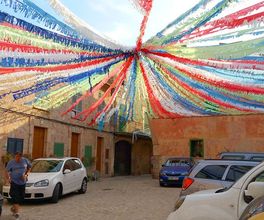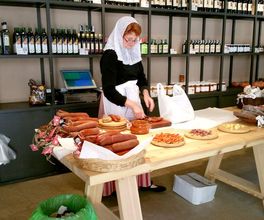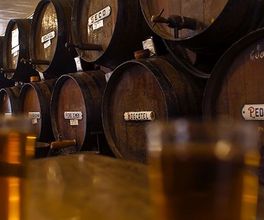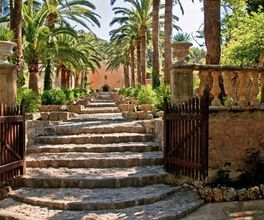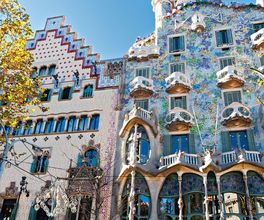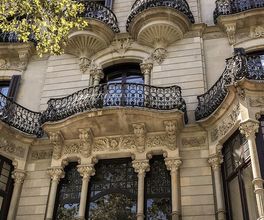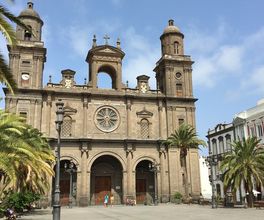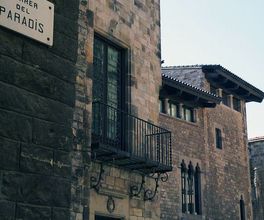




About this experience
On a stroll through the streets of Palma, you will trace the epochs of Mallorca from Antiquity to nowadays and learn what imprint the islanders left on world history. Listen about Romans and Moors, bankers and craftsmen, saints and sinners, artists and architects. And uncover the secrets of the main cathedral, see panoramas from the city walls, and immerse yourself in the local way of life!
What to Expect
Cathedral
You will learn how the main mosque of the Moors turned into an outstanding example of Gothic architecture, who liberated Mallorca from invaders, and how Antoni Gaudí rebuilt the temple in 10 years. You will also hear about the connection of the cathedral to the UN building in Geneva and local 'wonders of the world'.
Almudaina Palace
You will discover details from the lives of Aragonese and Mallorcan kings of the past and present, take a walk in a miniature copy of the Alhambra gardens, enjoy views of the city, port, and seaside park from the viewpoint. And see where Palma began and how its city walls were rebuilt.
Town Hall
I will tell you about the richly decorated Renaissance facade of the building, show traditional giant dolls and sumptuous interiors of the town hall. You will learn when you can sit in the mayor's chair of Palma, see the work of Van Dyck and the symbols of power of James I from the 13th century. In addition, you will hear the story of the huge olive tree in Plaça de Cort and find out who brought the first wood samples to the island. Then you will pass through the Muslim shipyard arch to the dock of the Arab vizier.
Walking in the footsteps of Arabs
Near the Arab baths of the 10th-11th centuries, we will talk about the only testimony of Medina Mayurqa. At the Almudaina Arch - about Roman heritage and the Arab fortress wall. You will also walk through the palace district with richly decorated facades, inner courtyards, patios, their histories, and luxury.
Churches of Palma de Mallorca
In the 15th-century church of Saint Eulalia, you will learn about the early Christian martyr, the thinker Raymond Lull, and a love story that happened in this church and influenced the entire history of Mallorca. By the church of San Miguel, we will talk about the Reconquista and the traditions of building churches in that era. And near the Basilica of Saint Francis, next to the sculpture of the missionary Junipero Serra, you will discover the connection between Mallorca and the western coast of the USA and who actually founded the cities of San Francisco and San Diego.
City of Art
You will also peek into the courtyard of the Museum of Modern Art, learn who Juan March is, why he is called the biggest pirate of Mallorca, and what his museums on the island and in Spain keep. You will stroll along the city walls, climb to the observation deck of the museum, see the rare round castle Castell de Bellver, about which there will be a small portion of eerie stories. Along the way, I will point out the works of Joan Miró and tell you where you can see sculptures by Rodin, Henry Moore, Dalí, and Picasso, as well as the best collection of cartography on the island. In addition, you will visit an interesting gallery in a 13th-century chapel.
Modernism in Palma
We'll discuss the features of Mallorcan modernism at the iconic Gran Hotel, Caixa Forum museum, houses of L'Aguila and Fortesa-Rei. I will tell you which factory collaborated with Gaudí, in which modern-style cafes you can have lunch, and where else you need to go on the island to see more examples of similar architecture.
Gastronomy of Mallorca
At the main covered market of Palma - Mercat Olivar - you will learn about local culinary traditions and dishes that are a must-try, and even take something with you. You will also taste typical pastries at a cafe from 1700, where Joan Miró liked to visit.
Organizational Details
There are no additional expenses, except for food and drinks.
